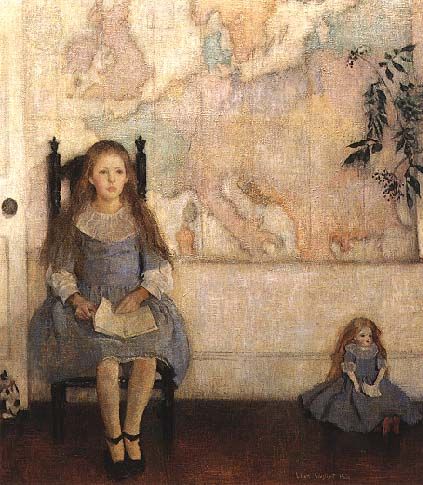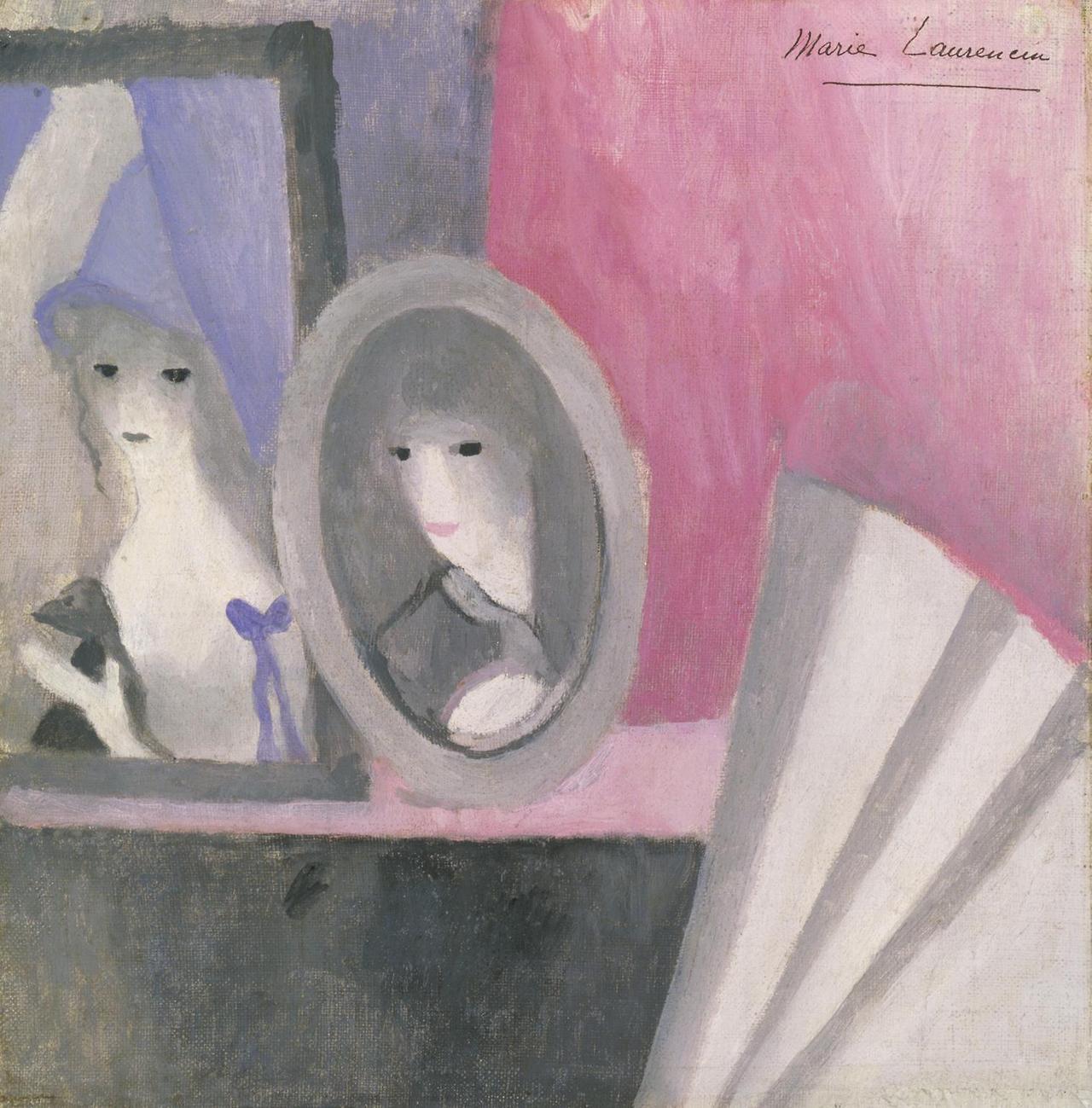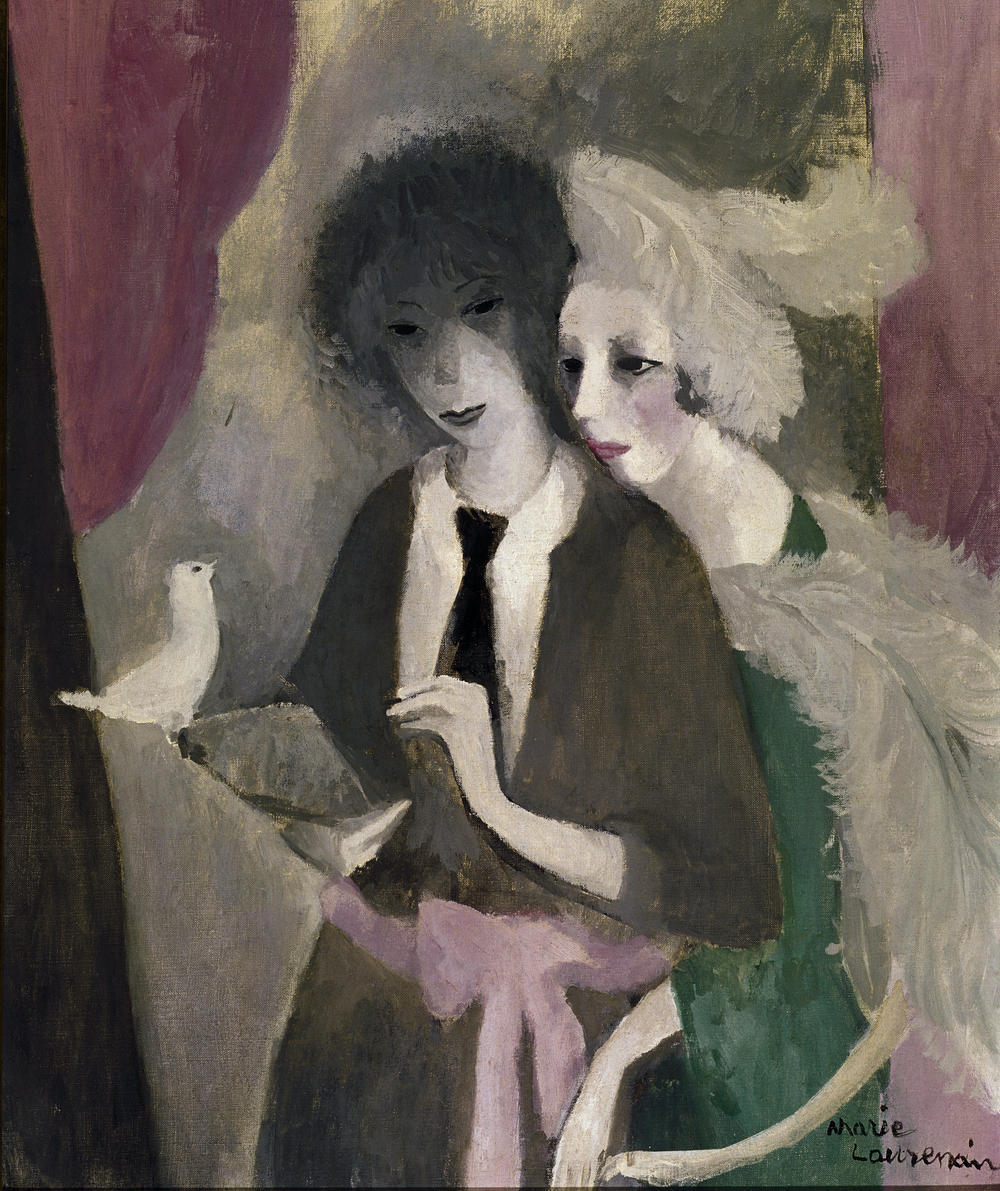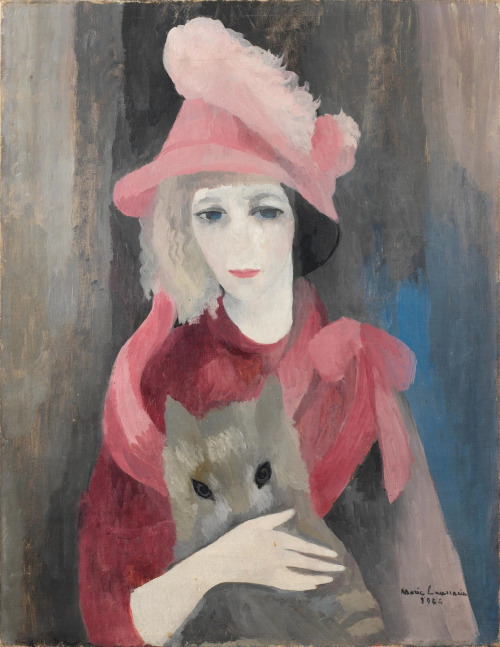Today we’ll take a look at the Edwardian influence on the fashion of the 1970s and the dreamy world it created where white lace, straw hats, floral prints and pastel colours rule.
 Photo by David Hamilton, 1970s
Photo by David Hamilton, 1970s
Fashion-wise, the 1970s were an eclectic decade, a trend-driven one, especially compared to the previous ones, like the 1950s which were homogeneous. Fashions ranged from Hollywood-inspired Biba glamour, Glam rock, Yves Saint Lauren’s gypsy exoticism to disco, Studio 54 extravagances, Punk and New wave. There was also one trend that I absolutely adore at the moment – the Edwardian revival which brought a gentle, girly and romantic touch to one’s wardrobe. It is in stark contrast to the bold patterns and bright colours of sixties mini dresses.
I already wrote about the influence of the late Victorian and Edwardian era along with Art Nouveau on sixties psychedelia, both in visual art and in fashion here, but this influence is a tad different. Forget the vibrant colours and shapes of Mucha’s paintings that go perfectly with groovy sixties posters. Open your mind for something whiter, gentler, dreamier….
 Jane Birkin (1970) and Edwardian lady (1900)
Jane Birkin (1970) and Edwardian lady (1900)

Photo by David Hamilton, 1970s
 Left: Bette Davis, Right: Jerry Hall by David Hamilton
Left: Bette Davis, Right: Jerry Hall by David Hamilton
Wearing certain clothes can transport you to a different place in imagination, don’t you agree? Well, the mood of this Edwardian revival fantasy is that of an idealised countryside haven where a maiden in white spends her days in romantic pursuits such as pressing flowers, strolling in the meadows, picking apples, lounging on dozens of soft cushions with floral patterns and daydreaming while the gold rays of sun and gentle breeze peek through the flimsy white curtains, reading long nineteenth century novels by Turgenev or Flaubert in forest glades, Beatrix Potter’s witty innocent world of animals, illustrations by Sarah Key, all the while being dressed in beautiful pastel colours that evoke the softness of Edwardian lace, Lilian Gish and Mary Pickford’s flouncy girlish dresses, long flowing dresses with floral prints and delicate embroidery, straw hats decorated with flowers and ribbons, lace gloves, pretty stockings, and hair in a soft bun with a few locks elegantly framing the face, or all in big rag curls with a large white or blue bow, resembling a hairstyle of a Victorian little schoolgirl.


Brooke Shields in “Pretty Baby” (1978)
 Left: Lillian Gish, Right: Mary Pickford, c. 1910s
Left: Lillian Gish, Right: Mary Pickford, c. 1910s
As you know, films have an influence over fashion. I myself often watch a film and caught myself mentally going through my wardrobe and looking for similar outfits that a heroine is wearing. It’s beyond me. Many films from the seventies have the same romantic Edwardian revival aesthetic, such as Pretty Baby (1978) set in a New Orleans brothel at the turn of the century, women are lounging around in white undergarments and black stockings which is so typically fin de siecle, and Shield Brooks in a white dress holding a doll, adorable.
In Australian drama mystery film Picnic at the Hanging Rock (1975) set in 1900 girls from a boarding school go out in nature for an excursion and are dressed in long white gowns, have straw hats or parasols and white ribbons in their hair, Polanski’s Tess (1979) brought an emphasis on the delicate beauty of floral prints on cotton and that also inspired the designer Laura Ashley, even the film Virgin Suicides (1999) which is set in the seventies has a wardrobe of pastels and florals and all the girls wear such dresses to a school dance.
 Left: Brigitte Bardot and Right: Nastassja Kinski
Left: Brigitte Bardot and Right: Nastassja Kinski

ELLE France, 1978, Gilles Bensimon
 Left: dreamy hairstyle, Valentino Haute Couture Spring 2015, Right: photo from 1910
Left: dreamy hairstyle, Valentino Haute Couture Spring 2015, Right: photo from 1910

Virgin Suicides (1999)
 Left: Picnic at Hanging Rock (1975), Right: two Edwardian ladies, 1900s
Left: Picnic at Hanging Rock (1975), Right: two Edwardian ladies, 1900s
Models of the era are also seen wearing the fashion, such as Twiggy with her straw hat with cherries and Jerry Hall in white dress. Many photos by David Hamilton also capture the mood of this Edwardian revival; there’s something dreamy and ethereal about them, a frozen moment with girls in a reverie, either lounging on bed half-naked or surrounded by trees and flower fields wearing long floral dresses and hats, looking so serene as if they belong to another world. The first picture in this post is my favourite at the moment, a girl with a straw hat with ribbons, and stocking, and those warm Pre-Raphaelite colours… mmm…


Edna May photographed by Alexander Bassano, 1907


Jane Birkin looking so Edwardian and adorable!
 Even Brigitte Bardot couldn’t resist elegance in white.
Even Brigitte Bardot couldn’t resist elegance in white.


Tess (1979)

Seventeen magazine, February 1974

Twiggy in Valentino by Justin de Villeneuve for Vogue Italy, June 1969
 Brigitte Bardot
Brigitte Bardot

Wedding dress ‘Faye Dunaway’ by Thea Porter, 1970, England – All that lace!!!
 Left: Abbey Lee Kershaw by Marcin Tyszka, Vogue Portugal (2008), Right: Alexis Bledel in Tuck Everlasting (2002)
Left: Abbey Lee Kershaw by Marcin Tyszka, Vogue Portugal (2008), Right: Alexis Bledel in Tuck Everlasting (2002)
As you can see in the pictures above, the Edwardian revival has found its place in contemporary fashion and cinematography as well. If you like this style, look for things that capture the mood, regardless of the decade.So, do you want to be a pretty and dreamy Edwardian lady too? Well, it is simple, you can wear a white dress, have a cup of tea, read Flaubert’s “Madame Bovary” or Forster’s “A Room With a View”, stroll around wearing a straw hat, pick flowers, press flowers, chase butterflies, surround yourself with white lace and indulge in reveries!
Tags: 1900s, 1970s, costumes, cotton, countryside, daydream, Dreamy, Edwardian revival, fashion, floral pattern, flower pressing, gentle, idyll, lace, long gowns, pastel colours, Picnic at the Hanging Rock (1975), Pretty Baby (1978, reverie, Romantic, Tess (1979), Virgin Suicides (1999), White
 Lilian Westcott Hale, Nancy and the Map of Europe, 1919
Lilian Westcott Hale, Nancy and the Map of Europe, 1919






 Jane Birkin (1970) and Edwardian lady (1900)
Jane Birkin (1970) and Edwardian lady (1900)




 Left: Brigitte Bardot and Right: Nastassja Kinski
Left: Brigitte Bardot and Right: Nastassja Kinski


 Left: Picnic at Hanging Rock (1975), Right: two Edwardian ladies, 1900s
Left: Picnic at Hanging Rock (1975), Right: two Edwardian ladies, 1900s












